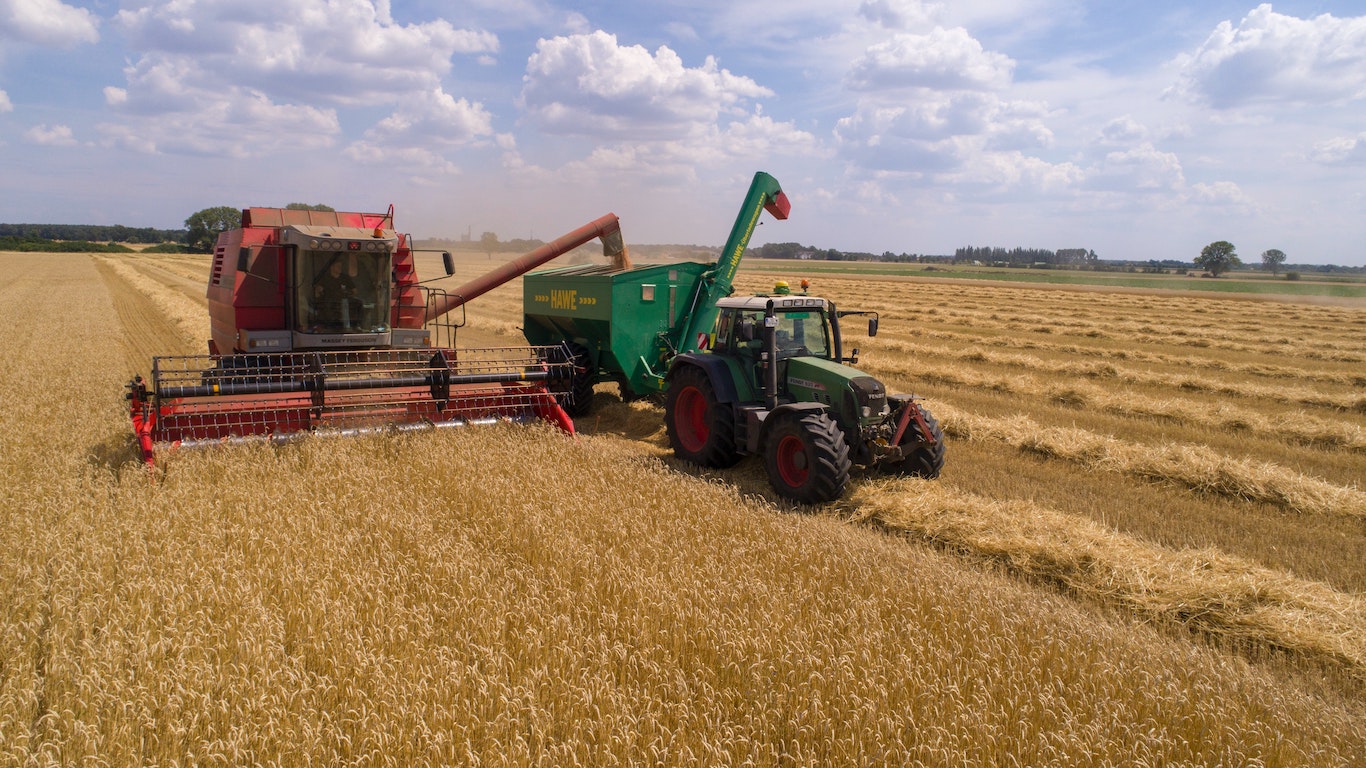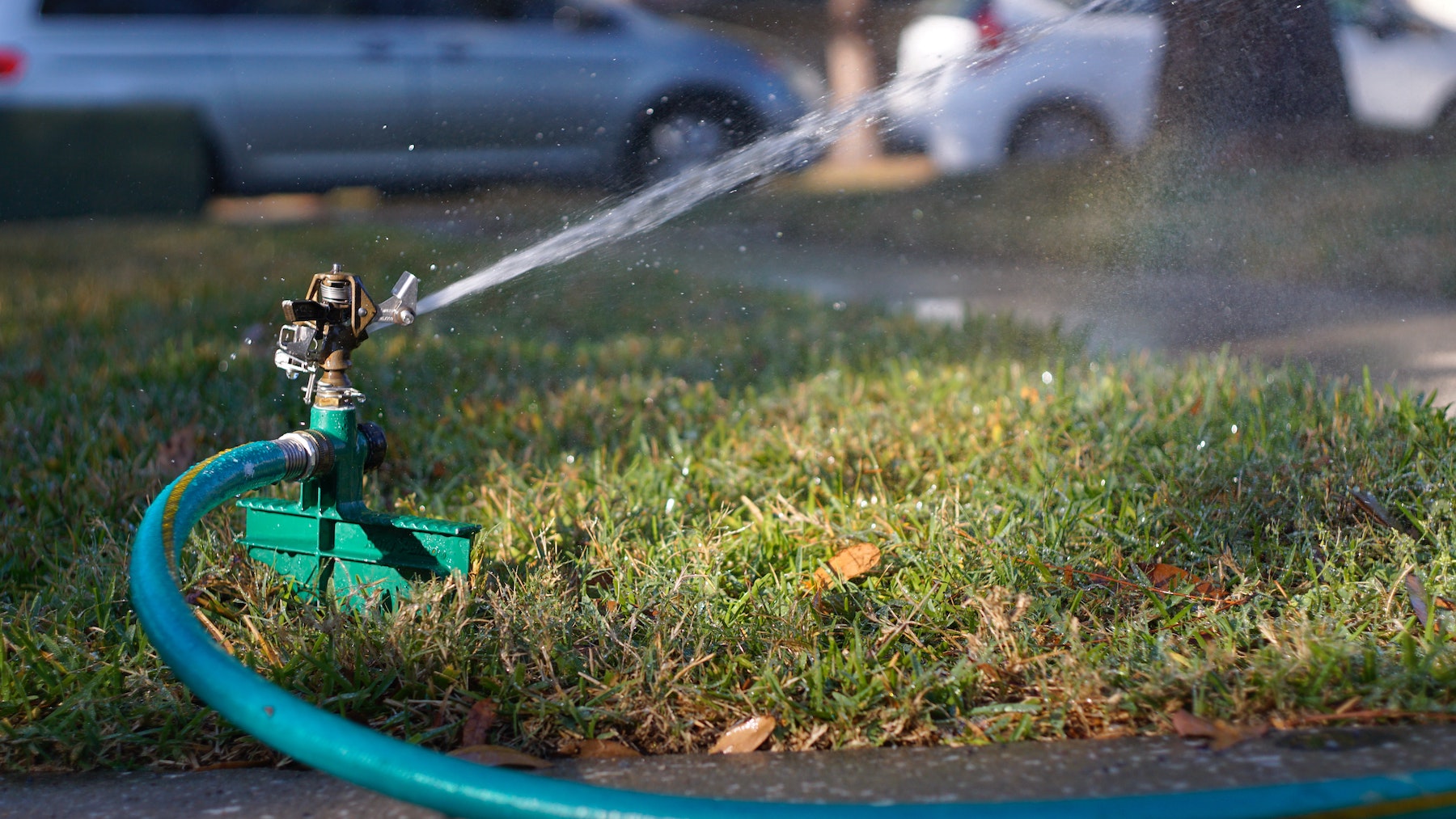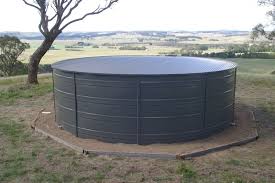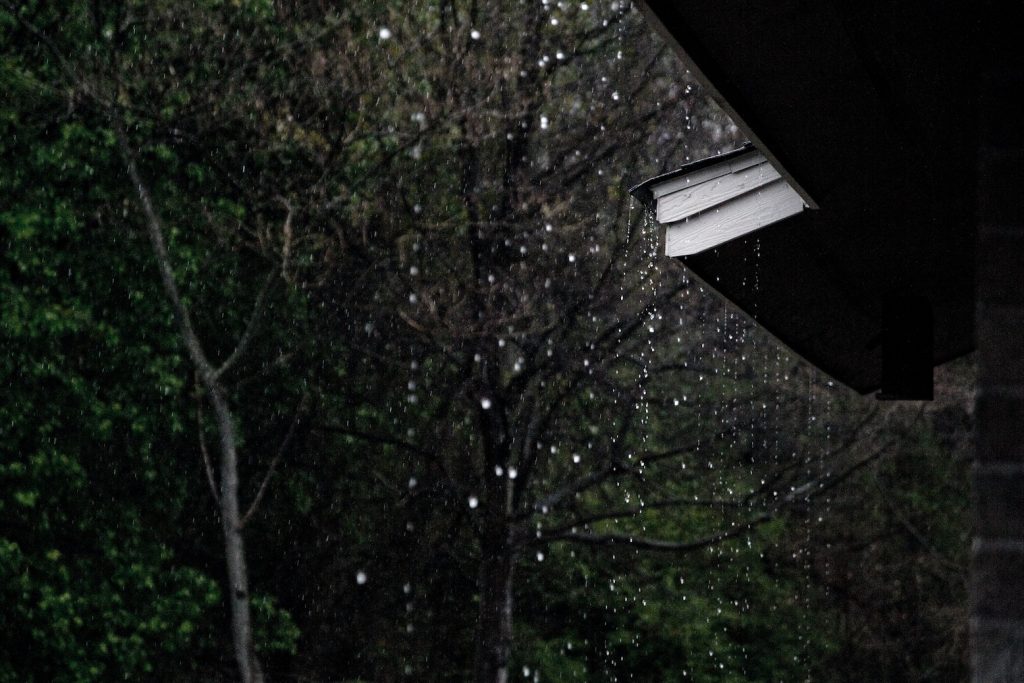When you first read the term ‘water harvesting’ what is it you immediately think of? We have to be honest… the picture of a giant grain harvester did come to mind. You know, the kind where the grain goes up the moving belt and dumps into a truck trundling alongside?

If that’s what you thought of too you actually aren’t too far from the truth. When we’re talking about water harvesting that’s exactly what we’re doing – harvesting a natural occurrence – rain.

Water harvesting is the process of gathering and storing rainwater for future use. Rainwater has been collected by Australian households since colonial times and most likely even before that. After surface water (dams) and groundwater, it is the third-largest source of water in Australia. An independent estimate has suggested that this process provides 274 billion litres every year.
We’ve talked in a previous blog about rainwater tanks and where they can be installed. This time we’re going to talk about the benefits of installing a water tank not only for you but for the entire area you live in.
Here are some of the benefits:
-
Financial
Not only do residents who install water tanks save but the savings then flow on to the entire urban system. The more harvested water used by residents the less need there is for restrictions when there is drought. Even when drought isn’t an issue the more rainwater that is used for everyday living, the more opportunity there will be for the ‘towns’ supply to be available in seasons of extreme drought.
-
 Alternative Supply
Alternative Supply
When water restrictions are necessary gardens and lawns can be maintained with harvested water. This improves your property’s drought resilience.
-
Reduced Collective Outlay
The more harvested water is used the less need there will be for new dams or desalination plants. Not only is there a huge cost to both of these water strategies but they also require a large continued maintenance structure, both of which can be avoided.
-
Environmental
As we harvest water from our roofs, we contribute to protecting the remaining environmental flows in our rivers. Due to urban development, many naturally occurring ways to deal with stormwater can be inhibited or even destroyed. The hard surfaces of roads and buildings cause more problems for the flow of water. Harvesting the rainwater means in some small way we can contribute to getting the balance back. We help by reducing stormwater runoff, and this helps our local creeks to maintain their natural state.

-
Accessibility
Rainwater is the most accessible source of water in most places on the planet. It’s local – so where the rain falls gains the most benefit but the upside of that is that other areas can then be supported if the supply is limited due to drought.
The benefits of water harvesting are varied and on a large scale. People in rural areas have been harvesting water for centuries to provide for themselves and their livelihoods. The benefits have rolled out to urban areas and as we move forward more and more construction is built to facilitate this.
If you are looking to begin harvesting your own water and don’t know where to start, give Limcora a call. We’re here to help.

